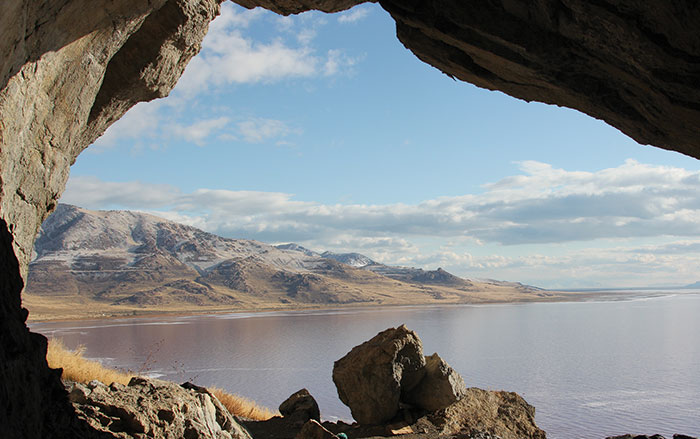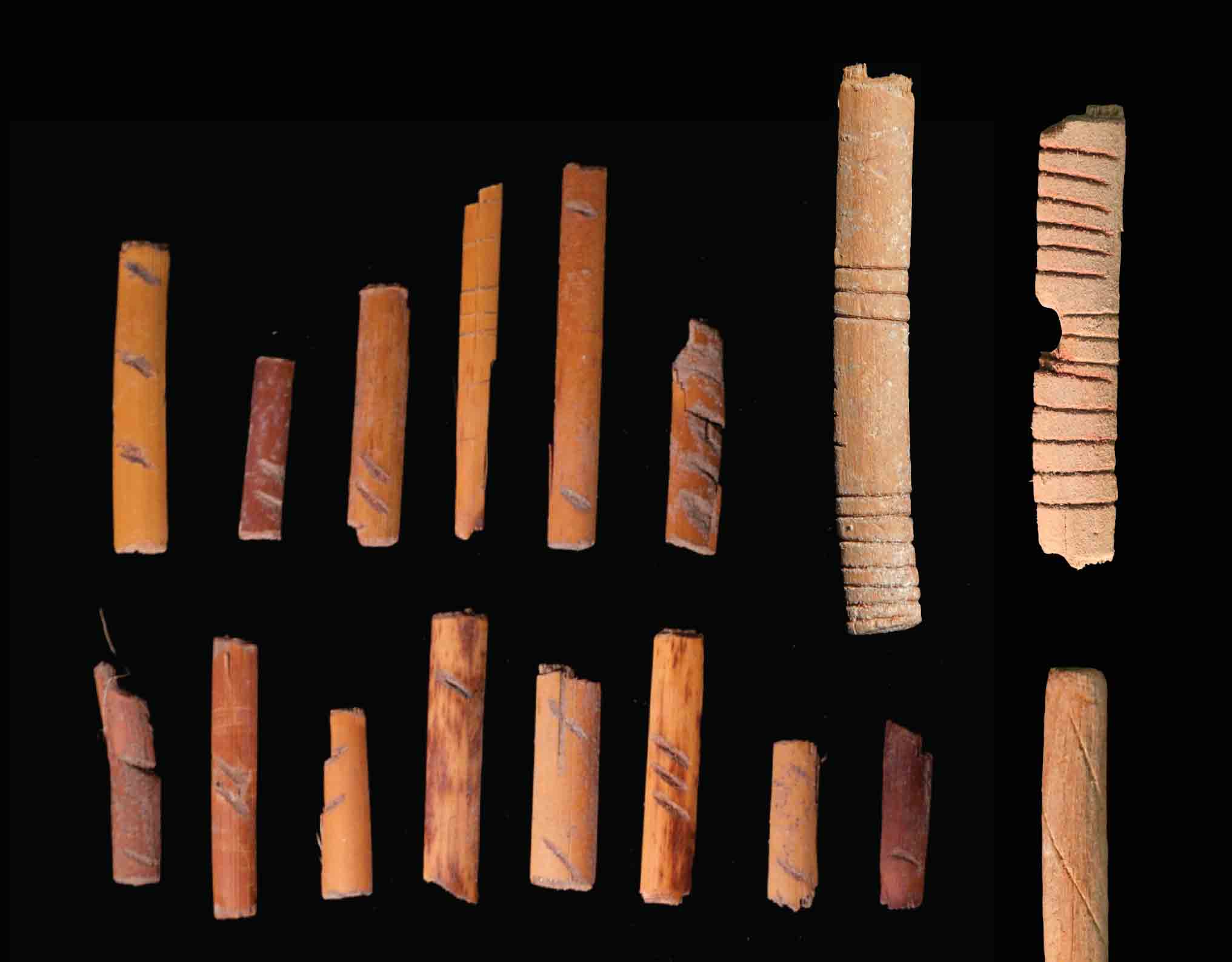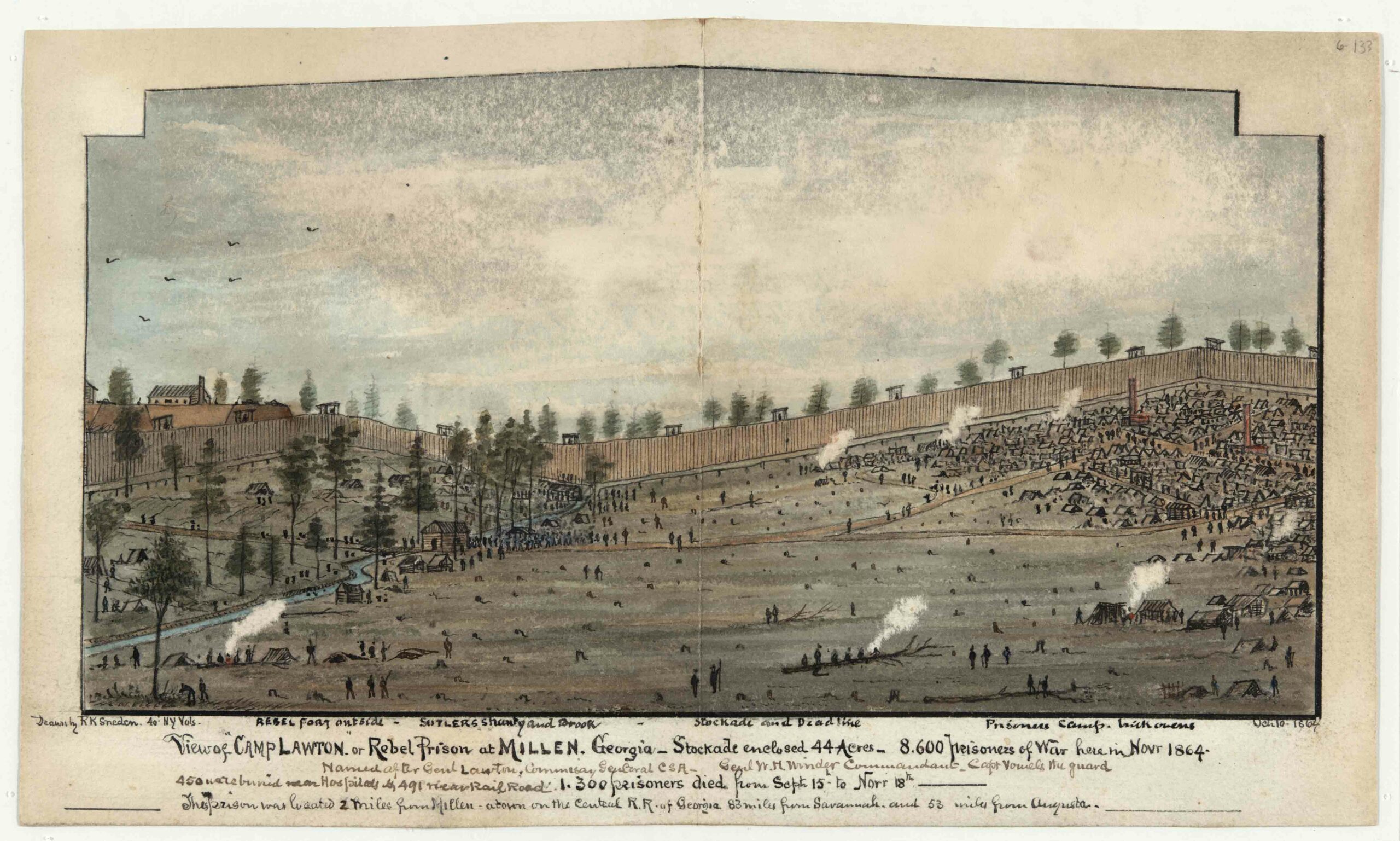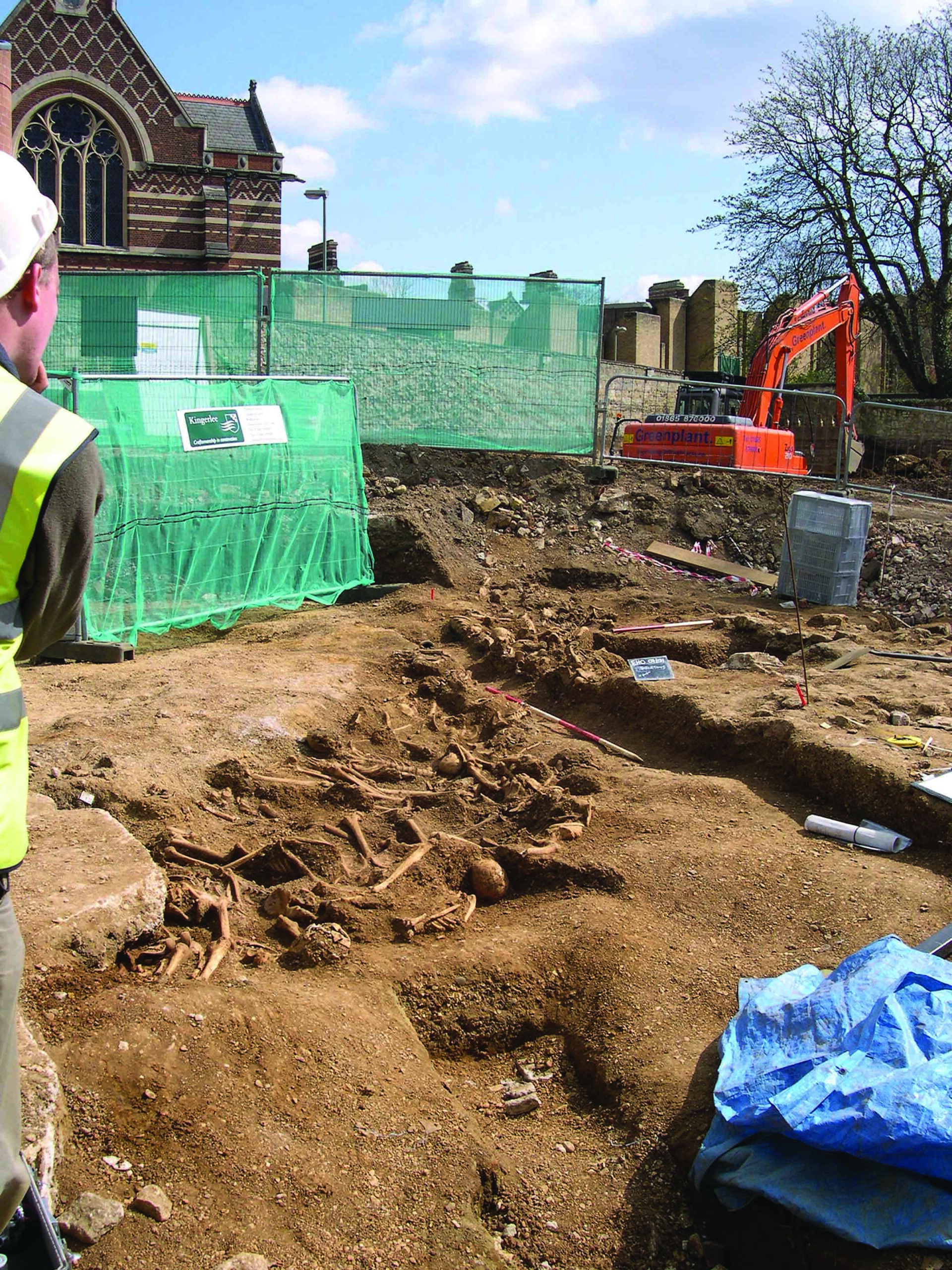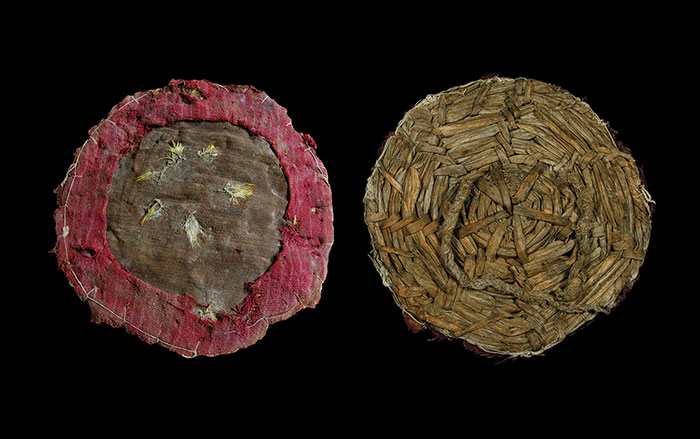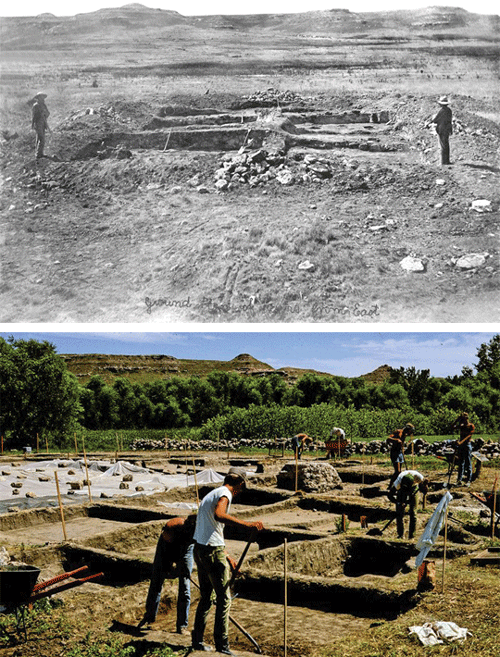
You might say, “Toto, I have a feeling we’re not in Kansas anymore,” when you first lay eyes on El Cuartelejo. But you’d be wrong. Built in western Kansas in the 1600s by the Taos Indians, El Cuartelejo is the northeasternmost pueblo in North America and the only one in the Jayhawk State, according to Robert J. Hoard, state archaeologist. The high plains of Kansas are known for being dry and flat, but the site is surrounded by canyons and bluffs, shielding it from adverse weather and making it an appealing place for a pueblo. El Cuartelejo also has good access to water and to stone for construction and tool-making. Even today, Hoard says, the area is so lush that it supports grapevines. The pueblo was inhabited by the Taos Indians for several years before Spanish soldiers escorted them back to their Southwestern homeland, and later by a group of Picuris Indians between 1696 and 1706.
The site
In the mid-1890s, the site now known as El Cuartelejo was excavated by two professors from the University of Kansas. They found the lower portions of stone walls that formed the foundation of a pueblo, inside of which were artifacts such as stone and bone tools, ornaments, and pottery sherds, some of which came from the pueblos of the Southwest. In 1970, Tom Witty of the Kansas State Historical Society excavated further, and unearthed the entire pueblo floor, hearths, and postholes. He also found evidence of an Apache roasting pit that predates the pueblo ruins. El Cuartelejo, which means “old barracks” or “old building,” was a seven-room pueblo, and visitors (the site is in Scott State Park and open to the public) can see its reconstructed foundation covering about 1,600 square feet. Archaeologists have found postholes in pairs, indicative of ladders that allowed access to doorless rooms in typical pueblo style. There are several related sites nearby. The El Quartelejo Museum in Scott City has exhibits that include artifacts and fossils, early Native American camp scenes, and a replica of the pueblo.
While you’re there
The nearby landscape doesn’t look like Kansas at all, but more like the Southwest, with rock formations carved by sand and wind. Some of the Monument Rocks, also known as the Chalk Pyramids, are more than 70 feet tall. In addition to these natural wonders, be sure to check out Punished Woman’s Fork, where the last Native American battle in Kansas was fought. There, a monument overlooks the cave, canyon, and bluffs where the Northern Cheyenne waited to ambush the United State cavalry. For a bite, stop by Charlie’s Mexican restaurant in Leoti, just southwest of El Cuartelejo, which has served family-recipe Mexican fare for 50 years.


